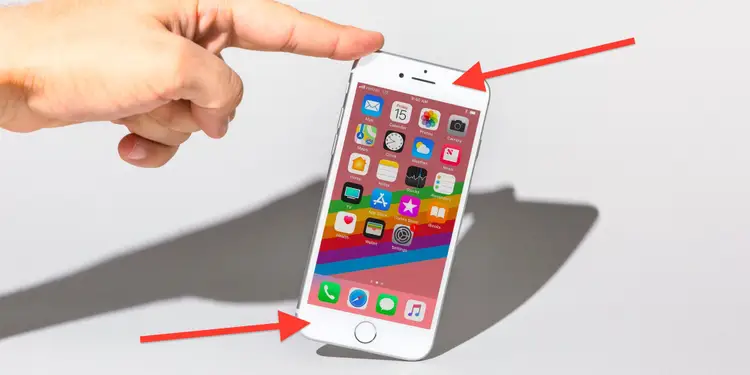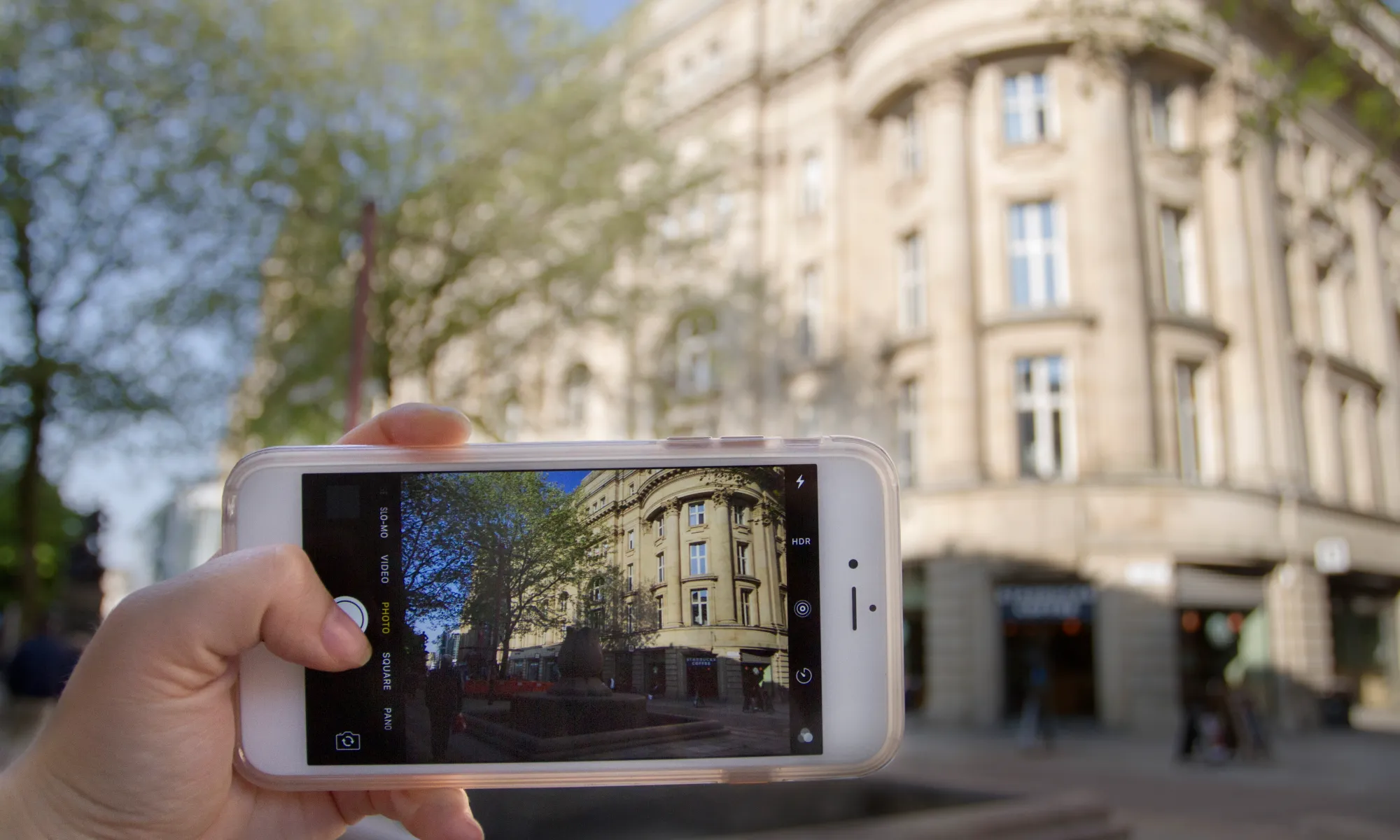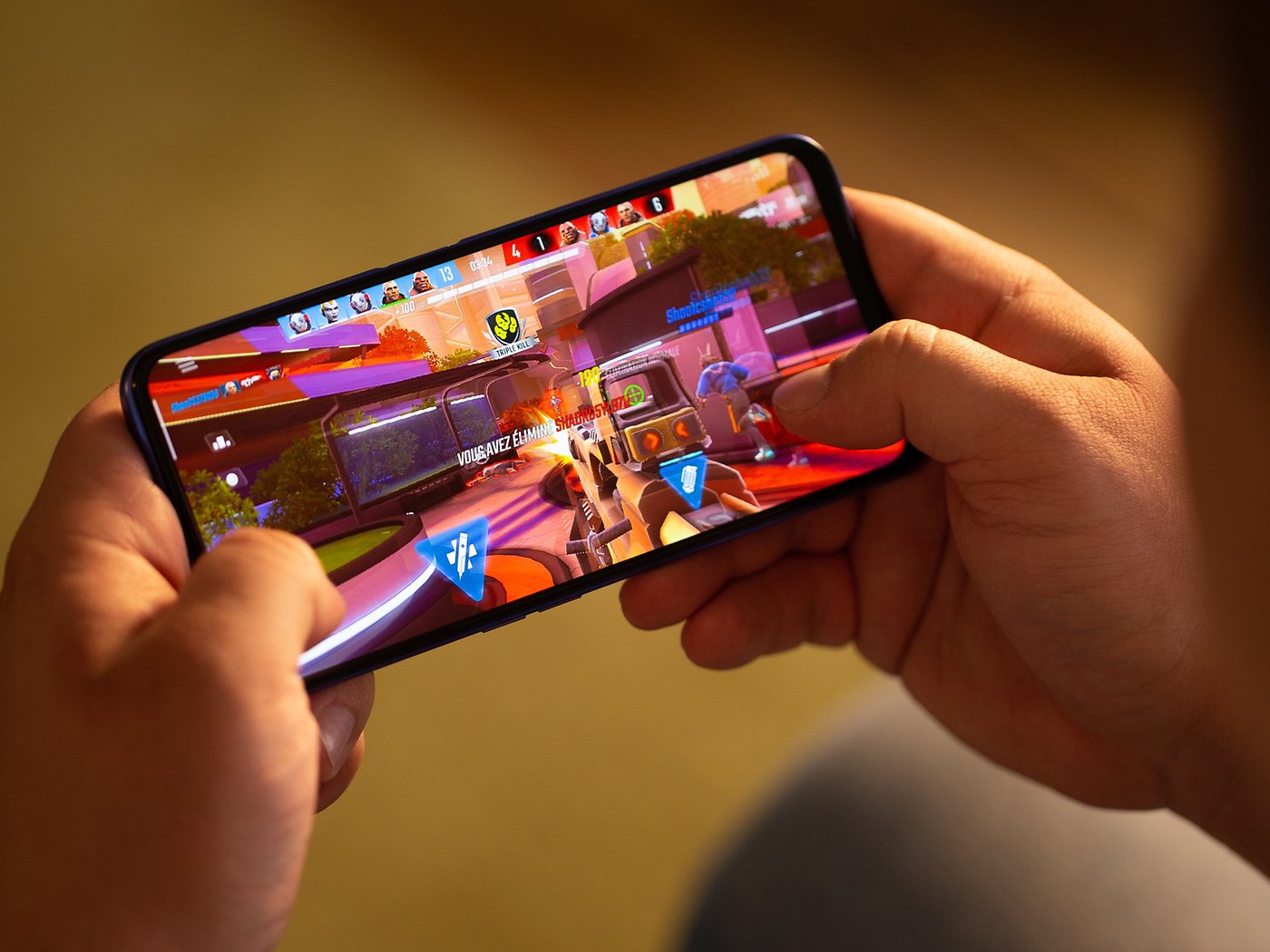Smartphone design has evolved dramatically since the first devices hit the market. One of the most significant changes in recent years is the transition from bezel to bezel-less screens. In this article, we’ll take a journey through the evolution of smartphone design and explore how bezel-less screens have revolutionized our devices.
The Early Days of Smartphones
The first smartphones featured small screens surrounded by large bezels, which housed buttons and various other components. These early devices prioritized functionality over aesthetics, and as a result, they were often bulky and cumbersome.
The Move Toward Slimmer Bezels
As technology advanced, manufacturers began to prioritize design and user experience. This shift led to the development of slimmer bezels, allowing for larger screens and more visually appealing devices.
One notable example of a phone with slimmer bezels is the iPhone 4, released in 2010. This device introduced a sleeker design, featuring a stainless-steel frame and glass front and back. The slimmer bezels allowed for a more significant screen-to-body ratio, providing users with a more immersive experience.
The Bezel-Less Revolution
The quest for even slimmer bezels led to the development of bezel-less smartphones, which have screens that extend to the edges of the device. These devices offer an almost seamless visual experience, with minimal borders surrounding the screen.
Edge-to-Edge Displays
One of the first smartphones to feature an edge-to-edge display was the Xiaomi Mi MIX in 2016. This device was a game-changer, offering a stunning 91.3% screen-to-body ratio. The Mi MIX showcased the potential for bezel-less designs and paved the way for other manufacturers to follow suit.
The Notch and the Punch-Hole
To accommodate front-facing cameras and sensors, manufacturers developed innovative solutions like the notch and the punch-hole. The iPhone X introduced the infamous notch, while devices like the Samsung Galaxy S10 opted for a punch-hole design. Both approaches allowed for even slimmer bezels, while still housing essential components.
Foldable and Rollable Smartphones
The bezel-less revolution has opened the door for more innovative designs, such as foldable and rollable smartphones. Devices like the Samsung Galaxy Fold and the LG Rollable offer unique form factors that were once unimaginable.
The Future of Smartphone Design
As technology continues to evolve, we can expect smartphone design to become even more impressive. Manufacturers are now experimenting with under-display cameras, which will eliminate the need for notches or punch-holes, resulting in truly bezel-less devices.
Conclusion
The evolution of smartphone design from bezel to bezel-less screens has transformed our mobile experiences. As we embrace these new designs, we can look forward to even more innovative devices that push the boundaries of what’s possible. The future of smartphone design promises to be exciting and groundbreaking, offering us more immersive and visually stunning experiences than ever before.
As we’ve seen, the transition from bezel to bezel-less screens has been a significant step in the evolution of smartphones. With each new advancement, manufacturers continue to push the limits of design and technology, making our devices more user-friendly and visually appealing. As we move forward, we can only anticipate what the next big breakthrough will be, but one thing is for sure – the future of smartphone design is bright.




